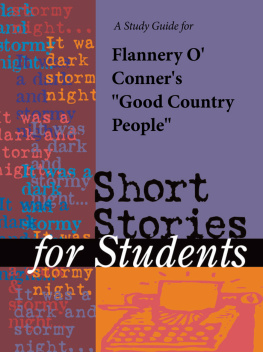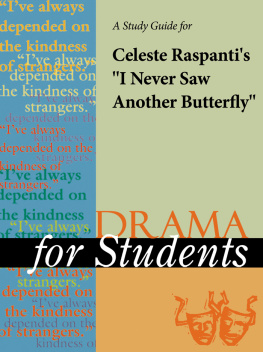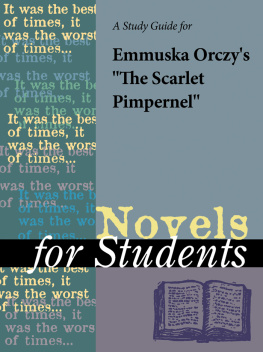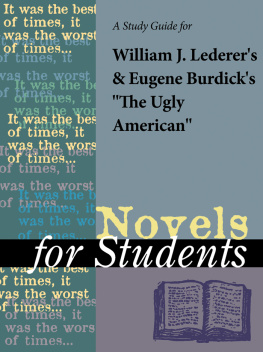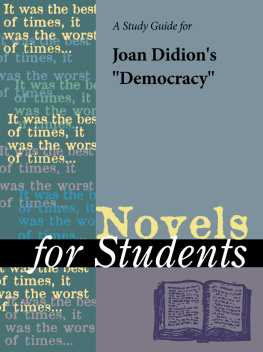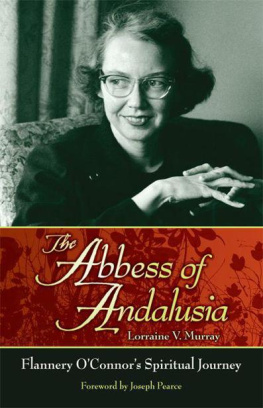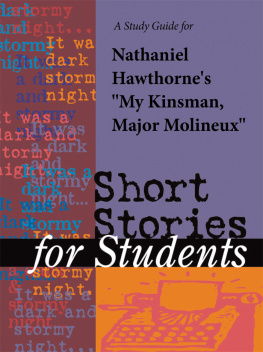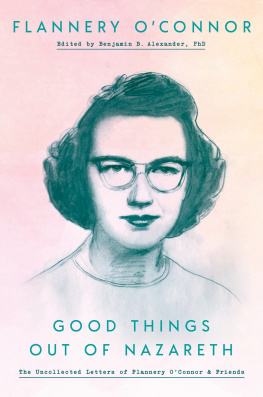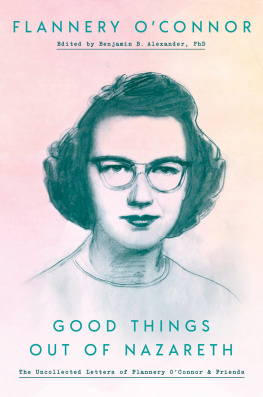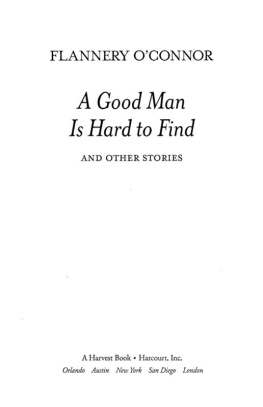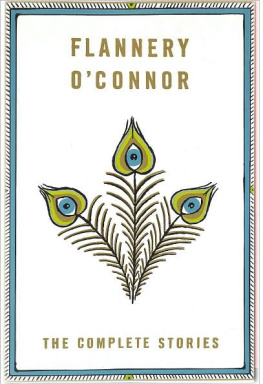TABLE OF CONTENTS
Guide
Short Stories for Students, Volume 34
Project Editor: Sara Constantakis
Rights Acquisition and Management: Margaret Chamberlain-Gaston
Composition: Evi Abou-El-Seoud
Manufacturing: Rhonda A. Dover
Imaging: John Watkins
Product Design: Pamela A. E. Galbreath, Jennifer Wahi
Content Conversion: Katrina Coach
Product Manager: Meggin Condino
2012 Gale, Cengage Learning
ALL RIGHTS RESERVED. No part of this work covered by the copyright herein may be reproduced, transmitted, stored, or used in any form or by any means graphic, electronic, or mechanical, including but not limited to photocopying, recording, scanning, digitizing, taping, Web distribution, information networks, or information storage and retrieval systems, except as permitted under Section 107 or 108 of the 1976 United States Copyright Act, without the prior written permission of the publisher.
Since this page cannot legibly accommodate all copyright notices, the acknowledgments constitute an extension of the copyright notice.
For product information and technology assistance, contact us at Gale Customer Support, 1-800-877-4253.
For permission to use material from this text or product, submit all requests online at www.cengage.com/permissions.
Further permissions questions can be emailed to permissionrequest@cengage.com
While every effort has been made to ensure the reliability of the information presented in this publication, Gale, a part of Cengage Learning, does not guarantee the accuracy of the data contained herein. Gale accepts no payment for listing; and inclusion in the publication of any organization, agency, institution, publication, service, or individual does not imply endorsement of the editors or publisher. Errors brought to the attention of the publisher and verified to the satisfaction of the publisher will be corrected in future editions.
Gale
27500 Drake Rd.
Farmington Hills, MI, 48331-3535
ISBN-13: 978-1-4144-8583-6
ISBN-10: 1-4144-8583-2
ISSN 1092-7735
This title is also available as an e-book.
ISBN-13: 978-1-4144-8234-7
ISBN-10: 1-4144-8234-5
Contact your Gale, a part of Cengage Learning sales representative for ordering information.
Printed in Mexico
1 2 3 4 5 6 7 15 14 13 12 11
Good Country People
Flannery O'Connor
1955
Introduction
Flannery O'Connor's Good Country People is one of the most widely anthologized short stories in the American canon, even after more than fifty years since its first publication. Initially included in the 1955 collection A Good Man Is Hard to Find, the story was republished in 1971 in the posthumously published The Complete Stories. The latter compilation won the 1972 National Book Award for Fiction.
O'Connor herself considered Good Country People to be one of her finest short stories. Richard Giannone, in Flannery O'Connor and the Mystery of Love, reports that in a letter to Robert Giroux, her editor, she wrote that Good Country People would anchor the rest of the stories included in A Good Man Is Hard to Find, as it was a very hot story that would set the whole collection on its feet.
The story contains all the hallmarks of classic O'Connor fiction. Set in the American South, Good Country People explores themes of faith, good and evil, and grace through irony and symbolism using a gothic style that O'Connor preferred to think of as grotesqueness. Her stories, including Good Country People, were typically humorous, although hers was a dark humor commonly lost on the average reader, who could not always see through the violence wrought by corrupt characters to O'Connor's moral messages. As quoted by J. B. Cheaney in Radical Orthodoxy: The Fiction of Flannery O'Connor, Giroux once explained that her critics often recognized her power but missed her point.
Author Biography
Born on March 25, 1925, Mary Flannery O'Connor was the only child of Edward O'Connor, Jr., and his wife, Regina Cline. The couple doted on their daughter and raised her in a devoutly Catholic home in Georgia. When she was twelve years old, O'Connor and her family moved to Atlanta, but within months, she and her mother returned to their home in Milledgeville. Edward was diagnosed with lupus, a disorder that causes the immune system to attack healthy cells and tissues, and died just weeks before his daughter's sixteenth birthday in 1941.
That same year, O'Connor graduated from high school and enrolled at Georgia State College for Women, where she served as art editor for her school's newspaper and edited the campus literary magazine. O'Connor graduated with a degree in social science in 1945. That was the year she dropped her first name and applied to the University of Iowa's graduate journalism program, where she was accepted into the Writers' Workshop master of fine arts program.
O'Connor sold her first short story, The Geranium, to Accent magazine and subsequently won the Rinehart-Iowa Fiction Award. She left Iowa in 1947 with her degree and headed to Sarasota Springs, New York, where she worked on her first novel, Wise Blood. During this time, she met Robert Giroux, who would one day become her editor, and the translator Robert Fitzgerald and his wife, Sally. The Fitzgeralds would remain lifelong friends.
O'Connor moved in with the Fitzgeralds in their apartment in Ridgefield, Connecticut, after a brief stay in New York City. While living with the Fitzgeralds, O'Connor wrote and published three more short stories and made great progress on her novel. In late 1950, the writer's health began to decline, and she became critically ill on a trip home to Milledgeville. At the young age of twenty-five, O'Connor was diagnosed with lupus, the same disease that killed her father. She spent most of the following year in Atlanta, undergoing blood transfusions and experimental treatments with the drug ACTH to combat her illness. In 1951, she returned home to live with her mother. The women moved onto a dairy farm that O'Connor's mother had inherited in 1947. O'Connor would live out the rest of her life on the farm, which she renamed Andalusia.
In 1952, O'Connor completed and published Wise Blood. Her life at Andalusia was not an unhappy one; she and her mother ate regularly in town and had scores of visitors to the farm. The ACTH made O'Connor's lupus symptoms bearable but left her bones in such fragile condition that she was forced to walk with crutches beginning in 1953. Although travel was difficult, she did manage to range the lecture circuit among regional colleges, and she even made the journey overseas to France and Rome. O'Connor published her first short-story collection, A Good Man Is Hard to Find, in 1955. Good Country People was included in that compilation. In 1960, she published a second novel, The Violent Bear It Away. The author published her final work, an introduction to A Memoir of Mary Ann, a book which she also edited, in 1961. On August 3, 1964, at thirty nine years old, O'Connor died from complications of lupus. She was buried next to her father in the Milledgeville Memory Hill Cemetery.
Several other works of O'Connor's have been published posthumously, the most significant one being

